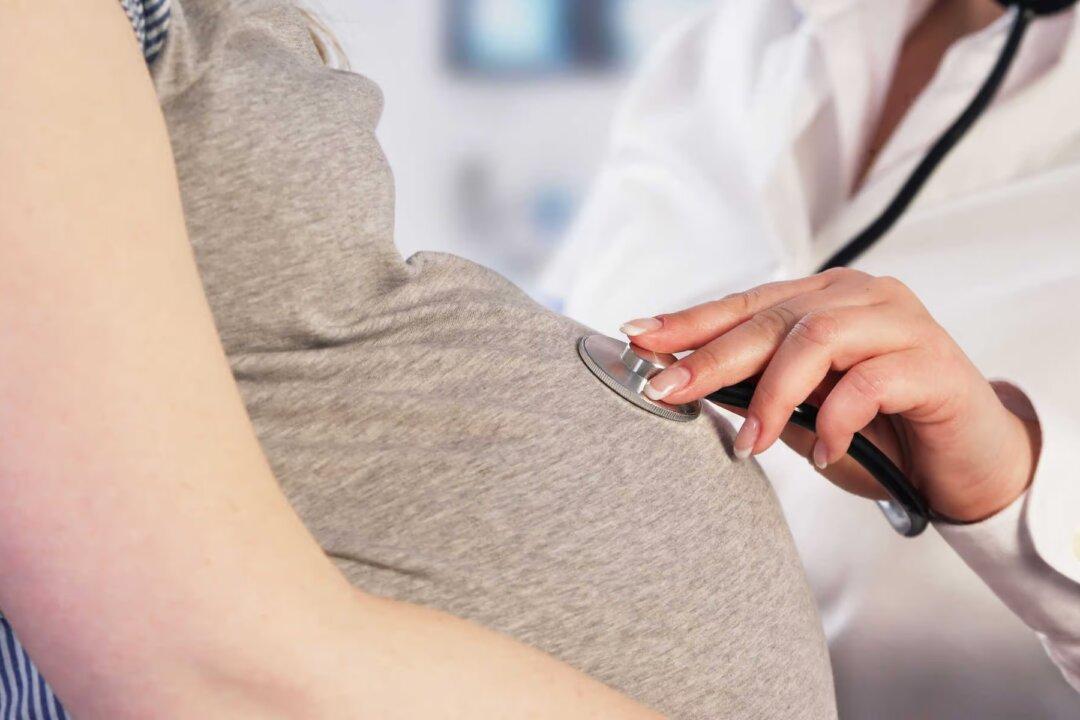Researchers have detected an array of harmful chemicals in the blood of pregnant women, including chemicals used in food packaging, plastic, food emulsifier and cosmetics.
In a new study of 302 pregnant women in the San Fransico Bay Area, researchers from the University of California have found 97 percent of the participants had blood containing nine toxic environmental chemicals, which are linked to increased risk of poor pregnancy outcomes, including gestational diabetes and hypertension.




